CONTENTS TRANSLATOR'S REVIEW I was delighted to be entrusted with the task of translating Serenas book on Traditional Chinese Medicine because, as a Shiatsu therapist and translator, I looked forward to working on a subject dear to my heart and hoped I would learn more about the subject as I translated. I was not disappointed; it is a book full of interesting facts and areas of study that are not often found together. As Serena says in her introduction, this book is a collection of notes from years of seminars and courses and it introduces topics that are very remarkable and inspiring. Each chapter has precious gems of information; the chapter on The Extraordinary Organs is particularly interesting and the many pages on the Extraordinary Vessels, their points and uses, is especially fascinating. There are lots of useful suggestions and snippets of information that have helped clarify many things that previously had never been very clear to me. It is a very readable book.
It can be read from start to finish or flicked through and the chapters read in any order. The layout is inviting too; the print is clear and the pages not overcrowded. I also had the pleasure of meeting Serena Chellini when we spent a few days together at her home in Tuscany going through the translation. She is a peaceful, gentle woman and her Shen radiates from her eyes and warmed my soul. Iolanda Foschetti PREFACE Initially I began to write this compendium for my own personal use so that I could have all the information at my fingertips, the knowledge I had acquired through more than ten years of study, seminars and practice. From the start, Traditional Chinese Medicine and Shiatsu have captured my curiosity and with great passion, I have continuously strived to deepen my knowledge.
My aim is to provide basic and important information about TCM, which can be easily and quickly consulted. I realize that certain topics cannot perhaps be completely comprehensive, but for any in depth facts, techniques and maps, I recommend looking at the existing specific texts available. In all these years of practice, these 'notes' have been very helpful to me and I hope with all my heart that they can be useful to all those committed to travelling along this same evolutionary path. May everyone find the road to self-realization and may their knowledge benefit others. Enjoy this book and all the best in your work! 
 Acknowledgements Yeshi Dhonden, the first person to show me how to work with love and passion My parents Massimo, my husband and life partner My Masters and teachers All my patients Life, the greatest Teacher And all of you who read this May joy, health and prosperity fill each and every existence.
Acknowledgements Yeshi Dhonden, the first person to show me how to work with love and passion My parents Massimo, my husband and life partner My Masters and teachers All my patients Life, the greatest Teacher And all of you who read this May joy, health and prosperity fill each and every existence. 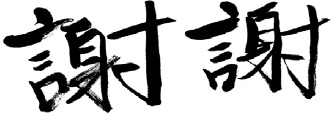 In the pursuit of learning, everyday something is acquired.
In the pursuit of learning, everyday something is acquired.
In the pursuit of Tao, everyday something is dropped. Less and less is done Until non-action is achieved. When nothing is done, nothing is left undone. The world is ruled by letting things take their course. It cannot be ruled by interfering.
Lao Tzu 'Tao Te Ching ABBREVIATIONS
| HT | Heart |
| LV | Liver |
| LI | Large Intestine |
| SI | Small Intestine |
| SP | Spleen |
| PC | Pericardium |
| LU | Lungs |
| KD | Kidney |
| ST | Stomach |
| TB | Triple Burner |
| BL | Bladder |
| GB | Gall Bladder |
| CV | Conception Vessel (Ren Mai) |
| GV | Governing Vessel (Du Mai |
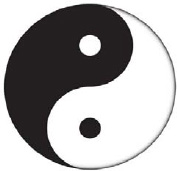
YIN YANG Opposing but complementary qualities.
Interdependent: one cannot exist without the other. A two-stage process of change and transformation of all natural phenomena. Each contains the root of the other. Yang is external and protects, while Yin is internal and nourishes. YIN is receptivity, the state of inertia and potential energy, the deep, dark and mysterious side. It is symbolized by the element Water for its natural tendency to flow downwards and to adapt to any shape and container, and also by the element Earth, that sustains and nourishes.
The Female Principle. YANG is activity, action, the expression of potential energy, brightness, superficial, visible. It is symbolized by the element Fire for its natural tendency to move incessantly upwards, for its lightness and instability. The Male Principle. The Yang Meridians can be used to strengthen the Yang, to defend against external pathogenic factors, and to eliminate them when they have already invaded the body. The Yin Meridians can be used to tonify the Yin.
All the Yang Meridians start or end on the head. Yang energy tends to rise and, in pathological situations, can cause the face and eyes to become red (Heat or Fire rising). The head is often affected by Yang pathogenic factors such as Wind and Summer Heat. The points on the head can also be used to increase Yang energy. The chest and abdomen, being Yin, are easily affected by Yin pathogenic factors, such as Cold and Dampness. The area above the navel (Yang) is easily affected by Yang pathogenic factors, such as Wind, whilst the area below the navel (Yin) is affected by Yin factors such as Dampness.
The Fu Organs are Yang: they transform and digest food, expelling impure residues; they communicate with the external world. The Zang Organs are Yin: they accumulate the pure essences produced through the transformation process carried out by the Viscera, namely Qi, Blood, Body Fluids and Jing. However, every organ has within it both a Yin and Yang aspect. The structure of the actual organ, and the vital substances contained within, reflect the Yin aspect, while the functional activity of the organ reflects the Yang. 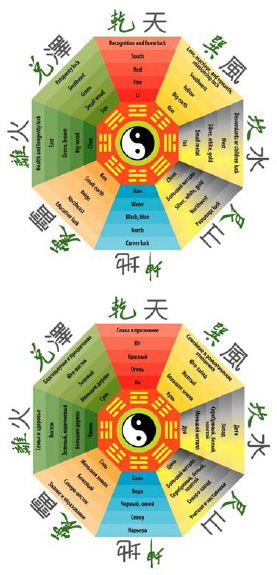
| YANG | YIN |
| Day | Night |
| Brightness | Darkness |
| Summer | Winter |
| South | North |
| Outside | Inside |
| Sun | Moon |
| Heaven | Earth |
| Circle | Square |
| Activity | Rest |
| Movement | Receptiveness |
| Time | Space |
| Above | Below |
| Expansion | Contraction |
| Extroversion | Introversion |
| Energy | Matter |
| Light | Heavy |
| Male | Female |
| Rationality | Intuition |
| Rising | Descending |
| Fire | Water |
| Hot | Cold |
| Function | Structure |
| Viscera | Organs |
| Agitation | Tranquillity |
| Dry | Wet |
| Hard | Soft |
| Fast | Slow |
| Odd | Even |
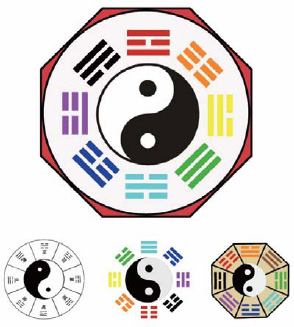 Next page
Next page
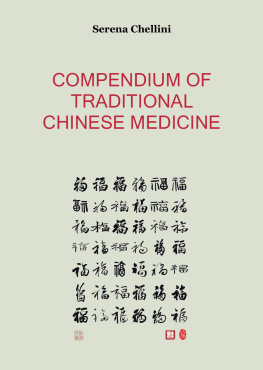

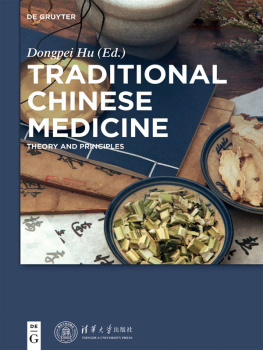
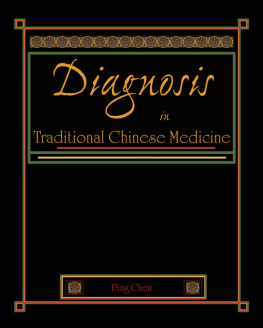


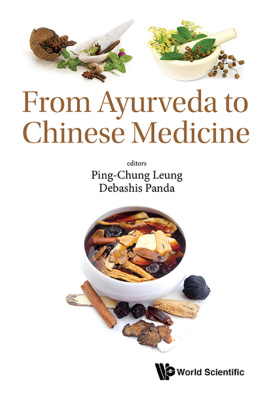
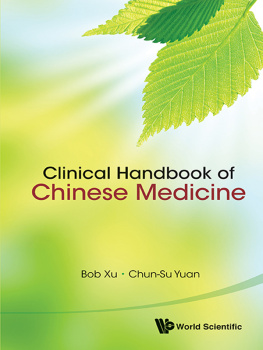
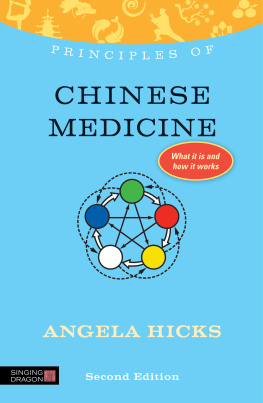
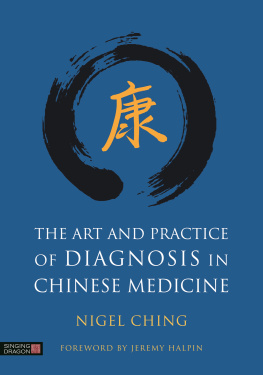
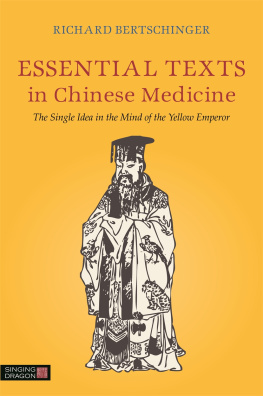
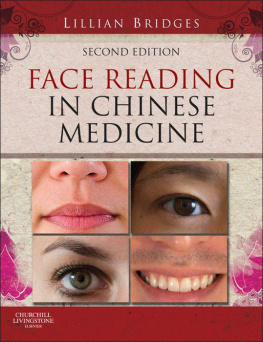

 Acknowledgements Yeshi Dhonden, the first person to show me how to work with love and passion My parents Massimo, my husband and life partner My Masters and teachers All my patients Life, the greatest Teacher And all of you who read this May joy, health and prosperity fill each and every existence.
Acknowledgements Yeshi Dhonden, the first person to show me how to work with love and passion My parents Massimo, my husband and life partner My Masters and teachers All my patients Life, the greatest Teacher And all of you who read this May joy, health and prosperity fill each and every existence.  In the pursuit of learning, everyday something is acquired.
In the pursuit of learning, everyday something is acquired. YIN YANG Opposing but complementary qualities.
YIN YANG Opposing but complementary qualities. 
